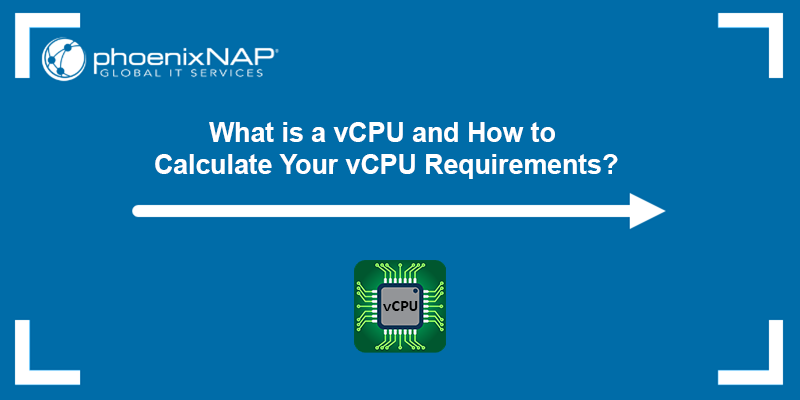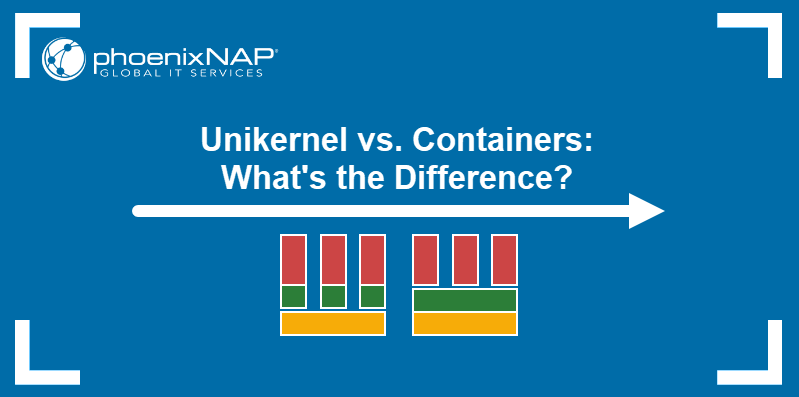In late 2023, Broadcom completed its acquisition of VMware, leading to a significant reorganization within VMware's product lineup. As part of these changes, various products are set to be discontinued, while some previously free solutions will transition to subscription-based models.
This shift impacts the free version of ESXi, a Type 1 hypervisor popular among system engineers and homelab users.
If your ESXi renewal is coming up soon, use this opportunity to explore alternative Type 1 hypervisors.
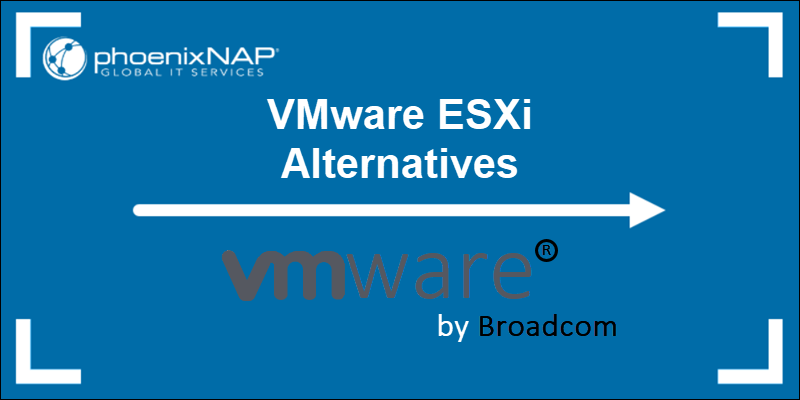
VMware ESXi No Longer Free
ESXi, one of VMware's most notable products, is no longer free.
VMware ESXi is a Type 1 hypervisor or bare metal hypervisor. It runs directly on the server hardware and eliminates the need for a traditional underlying operating system. This allows you to create and manage high-performance virtual machines that can directly access hardware resources.
Existing customers can keep using ESXi and receive active VMware support until their current contract is up for renewal. Customers must then pay a subscription fee to continue using ESXi or an equivalent VMware product.
The users affected by the new pricing model can research ESXi hypervisor alternatives in the sections below.
VMWare ESXi Alternatives
The following virtualization software solutions and hypervisors are viable and free ESXi alternatives. Most of these solutions also offer paid versions for comprehensive support and advanced features necessary for larger, more complex, or mission-critical deployments.
Proxmox VE

About
Proxmox VE (Virtual Environment) is an open-source virtualization platform. It integrates with two Linux-based virtualization technologies, KVM (Kernel-based Virtual Machine) for deploying virtual machines and LXC (Linux Containers) for creating and managing containers.
The platform also includes advanced functionalities for managing storage, network configurations, and high-availability clusters. Users can manage these features via a user-friendly web interface or a more traditional command line (CLI), making it a versatile solution for a wide range of virtualization use cases.
Features
- Integrated Web Interface. Proxmox has a unified graphical interface(GUI) for deploying and managing VMs and containers. The interface also includes tools for managing backup and restore systems, monitoring system performance, and configuring virtualized networks.
- Debian-Based Platform. Installing Proxmox on a bare metal server equips it with a complete Debian GNU/Linux operating system. This means users can install various Linux-based apps and automate tasks using shell scripting in different programming languages.
- Live VM Migration. Administrators can migrate running VMs and containers between hosts with little or no downtime.
- Redundancy and Backup. The platform supports live VM restores and incremental backups.
- Third-Party Integration. Proxmox VE can integrate with external tools and systems via a RESTful API.
- Cluster-Wide Management. Tasks and maintenance operations can be implemented across the entire cluster, which is essential for managing large distributed systems.
- Built-In Security Features. Proxmox has built-in firewall functionalities and provides controls for user groups, IPs, and aliases.
- VM Image Storage. Various storage solutions are supported, including local VM image storage using LVM or ZFS filesystems and shared storage options like NFS or iSCSI.
- Bridge Networking Model. Proxmox supports IPv4 and IPv6, enabling sysadmins to set up complex network architectures with up to 4094 bridges per host.
Pricing
Proxmox VE source code is freely available for download and use.
The platform offers optional paid subscription plans that provide access to an enterprise repository, stable and tested software updates, and professional support services. At the time of writing, the starter Community package subscription, which covers one CPU socket, costs $110 annually.
Note: Learn more about the differences between Proxmox and ESXi in our detailed head-to-head comparison.
Microsoft Hyper-V
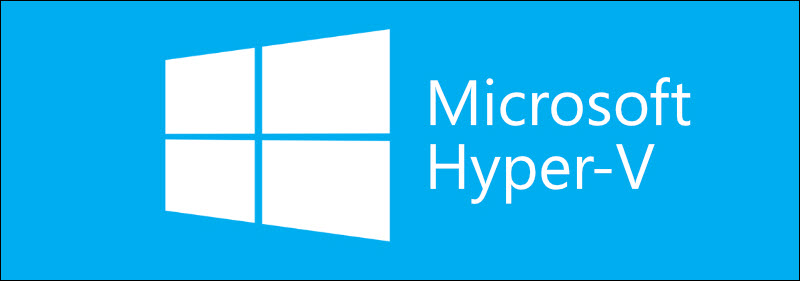
About
Microsoft Hyper-V is a hypervisor-based virtualization platform integrated into Windows Server. It is a strong alternative for organizations already using Windows-based infrastructure.
Hyper-V is also available on Windows 10 Pro and Enterprise editions. The platform allows IT professionals to create and manage virtual machines directly on their workstations for development and testing purposes.
Features
- Interface Flexibility. Hyper-V can be managed using the Hyper-V Manager GUI, Windows PowerShell for scripting, Virtual Machine Connection (VMConnect) for direct VM access, and Windows PowerShell Direct for task automation.
- Live VM Migration. Administrators can migrate running VMs between hosts to balance loads and ensure high availability.
- Disaster Recovery and Backup. Hyper-V Replica allows users to replicate VMs to other locations, create VM snapshots, and use Volume Shadow Copy Service (VSS) to create backups.
- Security. Hyper-V includes the Secure Boot (verifies digital signatures of files during VM startup) and Shielded VMs (encrypted disks) features by default.
- Nested Virtualization. The platform supports the creation of VMs within VMs, an essential feature for testing and development environments.
- Remote Connection. The Virtual Machine Connection tool provides direct console access to guest operating systems.
- Network Virtualization. Hyper-V has extensive networking capabilities, including virtual switches, VLAN support, and NVGRE, to support complex networking setups within VM environments.
Pricing
The Hyper-V hypervisor is free as a standalone product. The free version has basic features such as VM deployment, creating snapshots, and other resource allocation tools. It's well-suited for users who need a simple virtualization solution without the additional services and features of Windows Server.
For advanced virtualization management, Microsoft recommends upgrading to Windows Server and adding a Windows System Center license. At the time of writing, the prices of these products are:
- The Windows Server 2022 Edition costs $501 per year for the Essentials edition. The Standard edition is $1,069, while the Datacenter edition, which includes full virtualization features, costs $6,155 annually
- The Windows System Center starts from $1,323 per year.
The prices may vary based on your region, software vendor, and VM deployment scenario.
Citrix Hypervisor
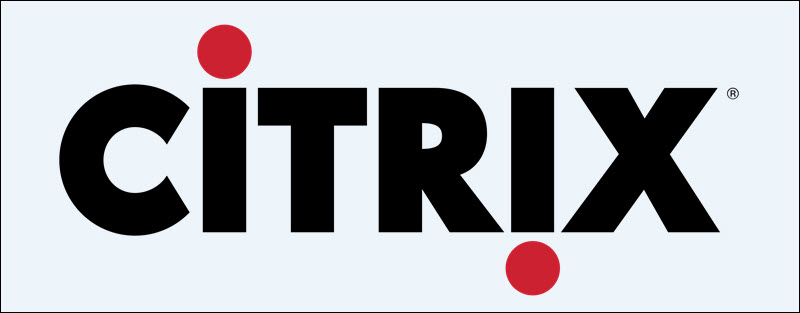
About
Citrix Hypervisor is a commercial product based on the open-source Xen project. Citrix implemented proprietary features and enhancements on top of the core Xen technology.
The solution focuses on delivering virtual desktops and running graphics-intensive applications, making it ideal for environments where graphical performance is a priority.
Features
- Single Interface. Citrix Hypervisor has a unified platform for managing virtual environments.
- Advanced Policy Controls. The platform enables sysadmins to define and enforce access control policies based on user locations and individual devices.
- Optimization for Graphics-Intensive Applications. Citrix is designed to enable users to access graphically demanding applications with minimal friction. This is a critical feature for remote work and for virtual desktop infrastructure (VDI).
- Live VM Migration. Administrators can migrate running virtual machines between hosts.
- Host Failure Protection. Citrix can maintain service continuity by automatically deploying VMs on other available hosts in case of a server failure.
- High-End 3D Graphics Support. The platform facilitates complex use cases like CAD/CAM, High-Performance Computing (HPC), and Citrix Virtual Apps in VMs and VDI deployments.
- GPU Support. Compatible with a wide range of hardware GPUs from leading manufacturers like Intel, AMD, and NVIDIA.
- GPU Allocation. It's possible to optimize resource allocation and set up a one-to-one relationship between each GPU and a specific VM for demanding graphics tasks.
Pricing
The Citrix Hypervisor Standard Edition provides free access to the hypervisor's essential functionalities. It is aimed at users who need basic virtualization features without the additional enterprise-class functionalities.
The Citrix Hypervisor Premium Edition includes enhanced capabilities such as advanced backup and disaster recovery options, cloud integration, robust security features, and professional support services for an enterprise environment. The pricing and specific features vary depending on the edition and the licensing model.
KVM

About
KVM (Kernel-based Virtual Machine) is an integral part of the Linux kernel, transforming it into a bare-metal hypervisor. Users can utilize KVM to run multiple virtual machines (VMs), each with an isolated environment and virtualized hardware components.
Because it does not have a built-in management interface, KVM is recommended for users with advanced virtualization skills. For those with more basic skills or for environments that require an intuitive management process, it is common to pair KVM with user-friendly management tools like Proxmox VE or oVirt. These platforms simplify and enhance the management of KVM virtual machines.
Features
- KSM (Kernel Samepage Merging). This feature optimizes memory usage by merging identical memory pages shared by multiple processes or virtual machines.
- CPU and PCI Hotplug Support. Sysadmins can dynamically add CPU and PCI resources to running VMs.
- Nested Guests. Administrators can run VMs within VMs, which is invaluable in development and testing scenarios.
- Device and Hardware Support. KVM includes SCSI disk and sound device emulation, USB host device passthrough, and device assignment for physical hardware, ensuring broad device compatibility.
- Stable Guest ABI (Application Binary Interface). This feature ensures compatibility of guest VMs across different KVM versions to support long-term stability.
- CPU Clustering. CPUs can be grouped and managed as a cluster to optimize performance in large-scale deployments.
- Balloon Memory Driver. This driver dynamically adjusts the memory allocation of VMs, optimizing overall memory usage on the host.
- Live VM Migration. KVM supports the migration of live VMs between hosts.
- Paravirtualized Clock. The clock provides a high-precision time source for virtual machines to ensure accurate timekeeping in a virtualized environment.
Pricing
KVM is free and open-source, meaning organizations can host virtual environments without additional licensing fees.
oVirt

About
oVirt is an open-source virtualization management platform built on top of KVM. It's a community-driven alternative to Red Hat Virtualization and offers similar capabilities.
While oVirt and RHV share a common base, oVirt is freely available and maintained by a community of developers, making it a cost-effective solution for managing virtualized environments.
Features
- KVM Hypervisor. The oVirt platform uses Kernel-based Virtual Machine (KVM) technology for virtualization.
- Web-Based Management Interface. oVirt Engine is an intuitive web interface for managing virtual machines and data center infrastructure. Users can centrally manage virtual data centers, hosts, storage, and network resources.
- Live Migration. Sysadmins can migrate deployed VMs between hosts.
- Monitoring and Reporting. The platform has advanced capabilities for monitoring performance and resource usage and generating automated reports based on the collected data.
- Template-Based VM Deployment. Users can create and deploy new VMs efficiently using VM templates.
- High Availability. oVirt automatically restarts VMs on other hosts if their original host fails.
- Storage Management. The platform can be integrated with various storage options, including NFS, iSCSI, Fibre Channel, and other local and shared storage.
- Network Management. oVirt has a flexible network management system that allows administrators to set up complex network configurations.
- Snapshot Management. Users can create and manage VM snapshots to facilitate backup and disaster recovery processes.
Pricing
oVirt is free and allows users to download, use, modify, and distribute the software without licensing costs.
Oracle VM Server
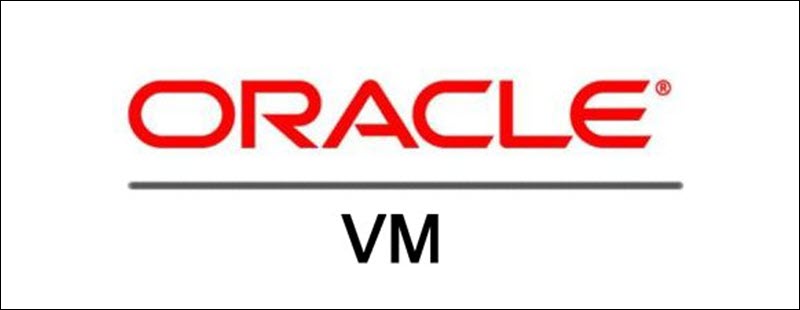
About
Oracle VM Server is a Type 1 hypervisor optimized for enterprise virtualization tasks. It is a cost-effective solution for businesses that already use Oracle products or have specific needs that align well with its features.
Features
- Multiple Guest Operating Systems. Users can install various guest operating systems, including Oracle Linux, CentOS, SUSE Linux Enterprise Server, and Microsoft Windows.
- Centralized Management. The Oracle VM Manager is a centralized platform for managing virtual server pools, monitoring resources, and automating deployment tasks.
- Integrated with Oracle Products. The platform is optimized for Oracle software and offers performance benefits and licensing advantages when used with Oracle databases and applications.
- Live VM Migration. Users can move running virtual machines from one physical server to another.
- High Availability. Oracle VM Server provides failover and recovery features like automatically restarting virtual machines on available nodes.
- Dynamic Resource Allocation. Administrators can control CPU, memory, and network bandwidth and assign virtual machines based on workload requirements.
- Network Virtualization. The platform supports VLAN, bond configurations, and network isolation to enhance security and performance.
- Secure Isolation. Each virtual machine in the Oracle VM Server runs in an isolated environment.
- Storage Connectivity. Oracle VM supports several storage options, including SAN (Storage Area Network), NAS (Network-Attached Storage), and local disks.
Pricing
Oracle VM Server is free to download and use. However, Oracle typically charges for support services, which include technical assistance, security updates, and patches.
XCP-ng
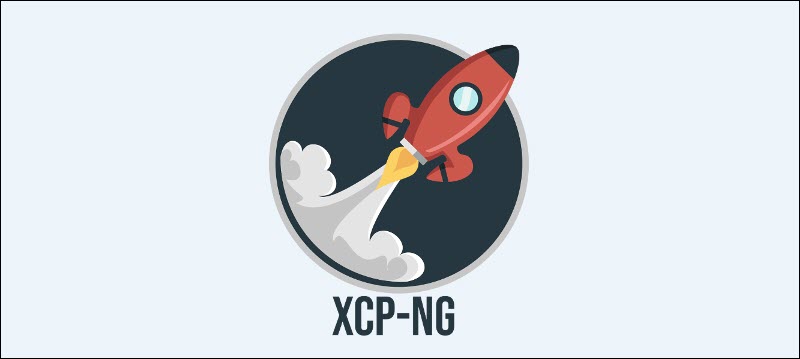
About
XCP-ng (Xen Cloud Platform - New Generation) is an open-source virtualization platform based on XenServer. It emerged as a community-driven project to provide a free alternative to Citrix Hypervisor.
The platform can be deployed in various scenarios, including homelabs, small business environments, or large enterprise settings.
Features
- XenServer Compatibility. XCP-ng is built upon the Xen hypervisor and maintains high compatibility with other XenServer-based platforms and solutions.
- Virtualization Features. XCP-ng supports essential virtualization features like VM snapshots, live migration, network configurations, and storage management.
- Community and Commercial Support. Community support is the driving force behind XCP-ng's success but paid professional support services are also available.
- Integration with Cloud and Management Tools. XCP-ng can be integrated with various cloud management platforms, such as the Xen Orchestra web-based interface.
- Hardware Compatibility. Like XenServer, XCP-ng has broad hardware compatibility and is deployed on a wide range of hardware configurations.
Pricing
XCP-ng can be downloaded, used, and modified without any licensing fees. Organizations looking for professional support and additional features can opt for commercial support and services provided by Vates, the company backing XCP-ng.
Conclusion
This article provided a comprehensive overview of the key features of ESXi alternatives.
You can now decide which virtualization platform best aligns with your specific project needs, established workflows, and the experience and capabilities of your team.
